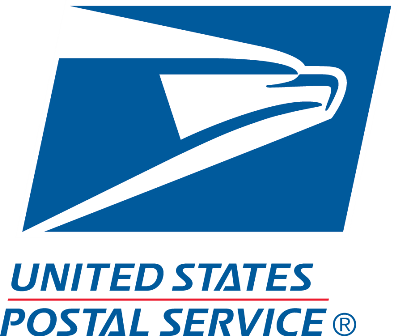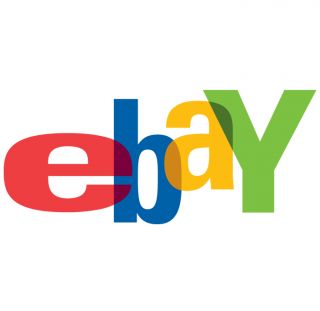How I Designed And Patented A $18K/Month Woodworking Accessory
Hello! Who are you and what business did you start?
Hello, my name is Brett Burdick and I am the founder (this is the first time I’ve used that term) of Brex International, LLC which is sort of the umbrella company for The Hedgehog business that I’ll be talking about here.
My flagship product is The Hedgehog which is a patented spiral featherboard that is used in woodworking for improving quality and safety. A featherboard is mainly used on a table saw where it firmly holds a board being ripped (cut lengthwise) against the fence (the stationary “wall” the board is referenced against). A featherboard accomplishes two main functions:
- Maintains constant pressure against the board for a smooth, even cut,
- Helps reduce the chance of kickback which is where the board rides up onto the spinning blade and is violently thrown back toward the user.
Featherboards are also used on band saws and router tables.
The other products I sell are small stacking accessories that are used to stack two featherboards on top of each other for extra stability when cutting thicker boards on a table saw or band saw. Both...

Download the report and join our email newsletter packed with business ideas and money-making opportunities, backed by real-life case studies.

Download the report and join our email newsletter packed with business ideas and money-making opportunities, backed by real-life case studies.

Download the report and join our email newsletter packed with business ideas and money-making opportunities, backed by real-life case studies.

Download the report and join our email newsletter packed with business ideas and money-making opportunities, backed by real-life case studies.

Download the report and join our email newsletter packed with business ideas and money-making opportunities, backed by real-life case studies.

Download the report and join our email newsletter packed with business ideas and money-making opportunities, backed by real-life case studies.

Download the report and join our email newsletter packed with business ideas and money-making opportunities, backed by real-life case studies.

Download the report and join our email newsletter packed with business ideas and money-making opportunities, backed by real-life case studies.






























